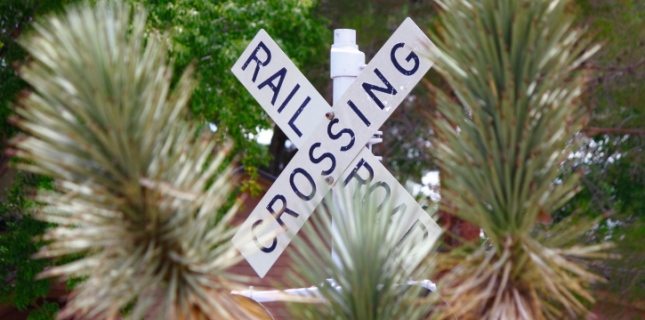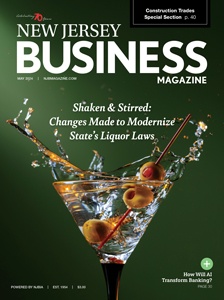
Christie Administration to Expand Capacity on Hudson-Bergen and Newak Light Rail Lines
On Jul 10, 2014Hudson-Bergen Light Rail and Newark Light Rail customers will enjoy a more comfortable ride in the future thanks to approval by the NJ TRANSIT Board of Directors to expand 35 light rail vehicles in the agency’s fleet. The innovative, expanded vehicles—which offer 50 percent more seating capacity than standard light rail vehicles—will be placed into revenue service starting in late 2015.
“We’ve heard from customers through surveys conducted as part of NJ TRANSIT’s Scorecard initiative that crowding on trains—particularly on the Hudson-Bergen Light Rail system—is one of their top concerns,” said NJ TRANSIT Executive Director Veronique “Ronnie” Hakim. “Thanks to a successful public-private partnership, we will be able to offer 50 percent more seating capacity on our busiest trains at a fraction of the cost, enhancing the overall customer experience on both the Hudson-Bergen Light Rail and Newark Light Rail systems.”
At the regularly scheduled meeting, the Board authorized an additional $54 million under NJ TRANSIT’s contract with Twenty-First Century Rail Corporation of Jersey City to extend 25 Hudson-Bergen Light Rail and ten Newark Light Rail vehicles, including spare parts.
In July 2013, NJ TRANSIT unveiled a prototype of the expanded light rail vehicle and launched a pilot program to test the vehicle by rotating it in service along the three segments of the Hudson-Bergen Light Rail system.
Since the launch of Hudson-Bergen Light Rail in 2000, ridership on the line has grown steadily. In the past eight years alone, passenger trips have doubled to more than 45,000 per day. To address the need for increased capacity, NJ TRANSIT partnered with Kinkisharyo International, LLC, the original vehicle manufacturer of the Hudson-Bergen Light Rail’s existing fleet, and Twenty-First Century Rail Corporation to find an innovative, cost-effective solution that would not significantly impact the system’s infrastructure or require a costly investment in new rail cars.
Kinkisharyo came up with a design for an expanded vehicle that adds two additional sections to the existing light rail vehicle, increasing the number of sections from three to five. The additional sections increase the car length by 37 feet and expand seating capacity from 68 to 102 seats, as well as provide additional standing room.
Development of the five-section prototype drew upon existing resources and spare Hudson-Bergen Light Rail equipment, resulting in no additional cost to New Jersey taxpayers.
Retrofitting existing vehicles in the fleet with the vehicle extender represents a significant cost savings over the purchase of entirely new standard light rail vehicles. At approximately $1.55 million per car, the cost for converting vehicles is about one-third the cost of purchasing new vehicles at about $4.6 million per each. Further, more than 80 percent of the project costs are federally funded under the Congestion Mitigation and Air Quality Improvement (CMAQ) Program jointly administered by the Federal Highway Administration and the Federal Transit Administration.



